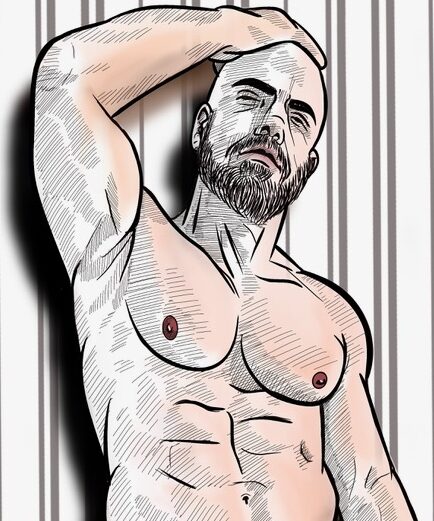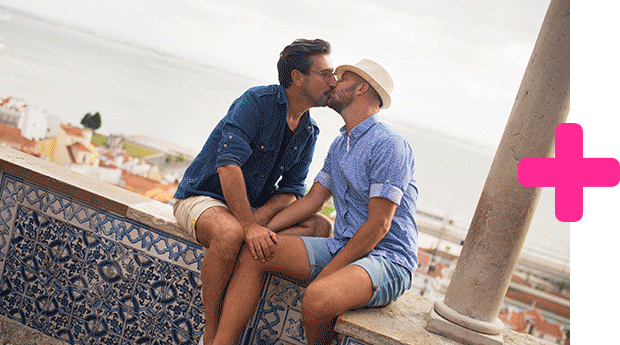Born in Brazil, the artist Galvao, aka Simply Gil, lived in the United States for a few years before moving to Barcelona, Spain, where he began working as a language teacher and a translator.
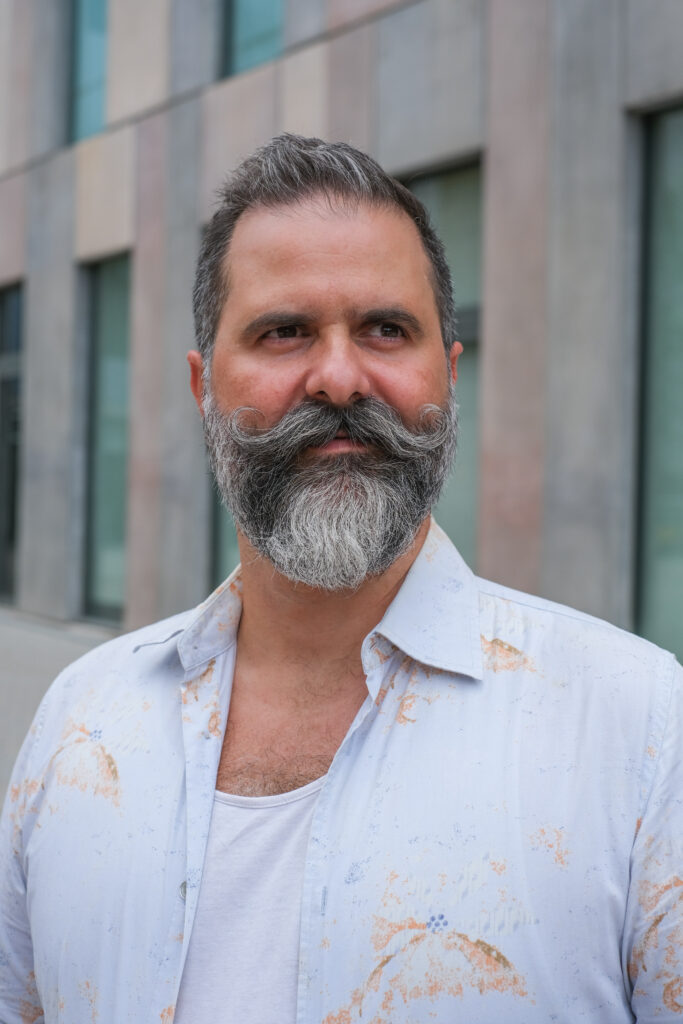
“I was raised in Brazil, by the beach, and I never liked the beach. Then I moved to Salt Lake City, Utah, and I never liked the mountains, never liked the snow,” says Simply Gil. “When I came to Barcelona 10 years ago, I discovered it’s a mix of everything and I really like it. You can find the beach, the mountains and, if you take the train up into the mountains, you can find snow in the winter.”
Though his father was an artist, Simply Gil didn’t take to drawing until he joined an all-male naked yoga group in Barcelona. “I met a few people there. One of them was a Russian guy, and we became very good friends. I decided to draw him. He was the very first person I drew. After that, I drew my partner and then a few other friends. When the pandemic hit, I started drawing people online from photos, and I started to meet a lot more people from all around the world,” he says.
His work focuses on the male form in all its glory. His brand new work, Pencil Connoisseur Coloring Book, contains 24 black-and-white just-for-adults drawings of men (based on real people) that an aspiring artist can apply their crayons to.
Wander+Lust talked to Simply Gil about his adopted home city, including his favourite gay watering holes.
What do you love about Barcelona?
You can find basically everything in Barcelona, including people from all over the world. Because a lot of people come to visit Barcelona, every time I go out to the club or to some party, I meet people from other cultures. It’s easy to mix and mingle.
If you like shopping, you can find some very nice stores here. One area, Passeig de Gràcia, is like the Rodeo Drive of Barcelona, with all the high-end brands. But there are also low-cost stores. Then there’s the architecture. I’ve been living here for 10 years, and every time I go to the city centre, I always see a new building or some place that I never noticed before. I rediscover the city every time I go out.
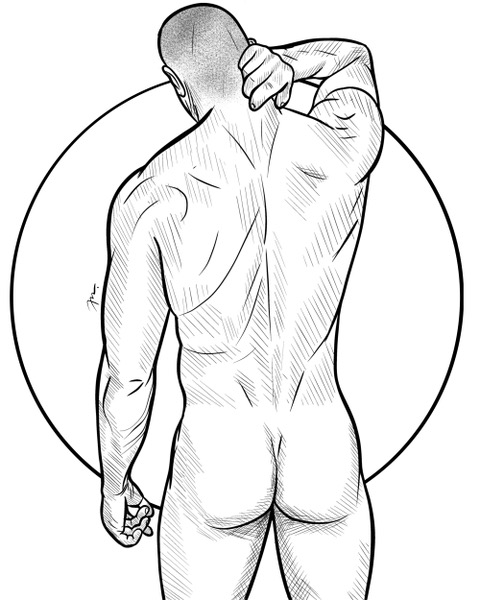
I live in Sant Andreu, which is one of the nine districts of Barcelona. It was one of several small villages that became part of the city. But the great thing about Barcelona is that it doesn’t matter where you live in the metropolitan area, the transportation is excellent—you can get to the centre in one, maybe two connections. I love Sant Andreu because it’s like a small village. I can find a local market, local bakery, local schools, local things. People in this area mostly speak Catalan. It’s very traditional, but if I take the metro, I’m downtown in less than 10 minutes.
Barcelona is infamous for being a little overwhelmed by tourists, especially in the summer.
You can easily escape from the busy tourist areas. Visitors are mostly found in the old city, the Gothic Quarter, Plaça de Catalunya. If you go to other neighbourhoods, you can avoid them.
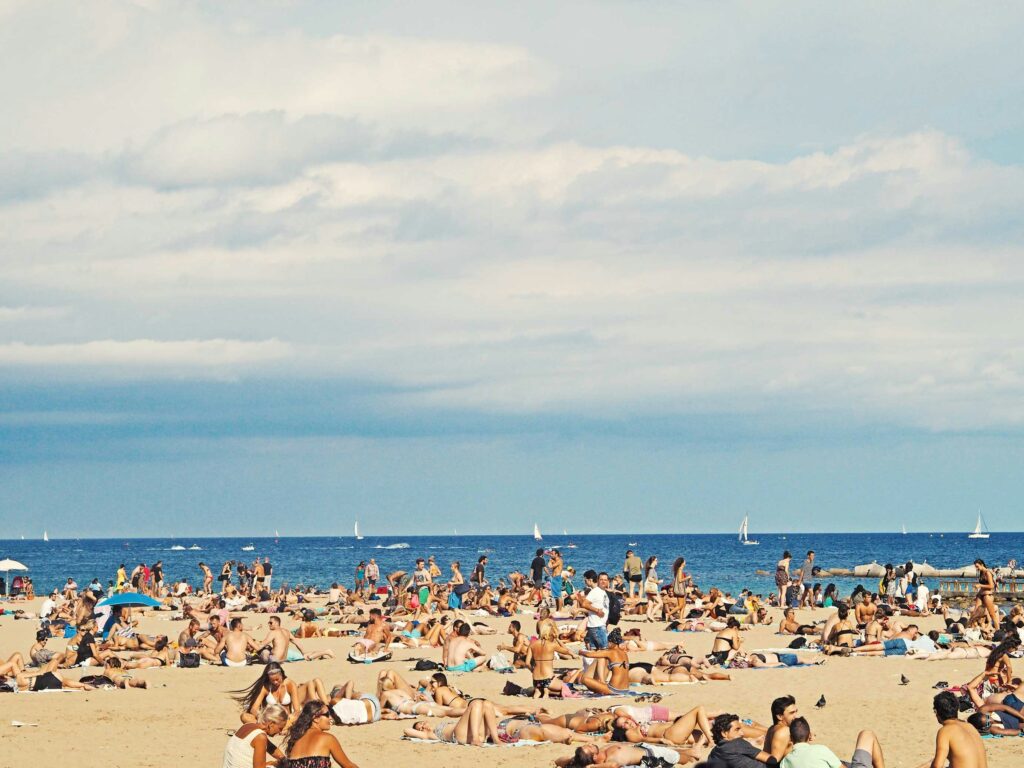
Aside from the Basílica de la Sagrada Família, what are your top must-dos for visitors to Barcelona?
Firstly, there’s a street called Carrer de Blai, where you’ll find a lot of local tapas restaurants. You can go from one bar to another, one tapas place to another, trying many different dishes. It’s all finger food. Visitors go there, but so do locals.
Another place is the Gracia neighbourhood. It’s very bohemian, a little bit hipster. You can find cool places to eat there, cool stores to explore. It has very long, narrow streets. It’s where Park Guell, which was designed by Gaudi, is located.
Of course, there’s also Eixample, which they call Gayxample because it’s where all the gay restaurants, bars and clubs are. It’s a giant cruising area, but only for flirting. You can walk down the street and flirt with a lot of people.
I’m going to ask you more about gay life in a moment, but I wanted to ask what you think is the most underappreciated place in Barcelona.
When people come to Barcelona, they want to go to the beach, and most people will go to the most important beach, Playa de la Barceloneta, which is totally fine. And I prefer that the tourists go there—the beach that I go to is very peaceful because not a lot of people go to it. It’s in Badalona, and you can take the train there. The beach is very clean, not very crowded. You can take a walk along the shore where there are lots of restaurants with outdoor seating. I wouldn’t say the beach has much of a gay vibe, but you can be nude on all the beaches in Barcelona—usually the farthest right part of the beach, facing the water, is the nudist part. The nudist part of the beach, around Platja del Coco, is a little bit secluded, and during the day it’s just a normal beach. But after 5 or 6 p.m., some people go there to cruise. But if you want a really gay beach, go to Sitges.
Barcelona has a lot of bars. What are some of the gay spots you like most?
Night Barcelona (C/ de la Diputació 161, L’Eixample, Barcelona) is one of my favourites because it’s not very expensive. It’s small—most bars in Barcelona are very narrow—but even though it’s so small, the rotation of people coming in and out is large. If you stay there for an hour or two, you’ll meet a lot of different people. It’s the place people go for a drink before heading to a big party, a concert or a club. There’s a dark room where guys will go after work. On Thursdays, they have a buy-one-get-one-free special. There’s always some art on the walls with an LGBTQ+ topic, usually photography.
For dancing, I like Arena Xperience (Rda. de Sant Pere 21, L’Eixample, Barcelona), which has two big main rooms, with a different type of music in each one. It’s a mix. At first you think it’s mostly straight people, but then you realize it’s very gay. You don’t go there to find love or anything like that, you go there to have fun with your friends—though you can meet a lot of people there. It’s very safe and you can find all the letters of L, G, B and T there. They have a stage and there will sometimes be performances, drag queens or something.
A very small place that’s not very famous, but I would like it to be more famous, is Lo de Carmen (Av. del Parallel 104, L’Eixample, Barcelona). They have exhibitions that change every month or so and you can meet the artists. I had an exhibition there recently. It’s a queer bar, but my girlfriends who are straight will go there because they feel safe. The environment is amazing. One night of the week they have a karaoke party—you put your name on the list, grab your drink and then you sing with this group of people. The décor is very cabaret-like.
Bar La Federica (Carrer de Salvà 3, Sants-Montjuïc, Barcelona) is also interesting. On different days throughout the week, you’ll find small concerts there—jazz, Brazilian music, drag queens. Pitita, who won the third season of Drag Race España, performs there once or twice each month. The owners are very friendly.
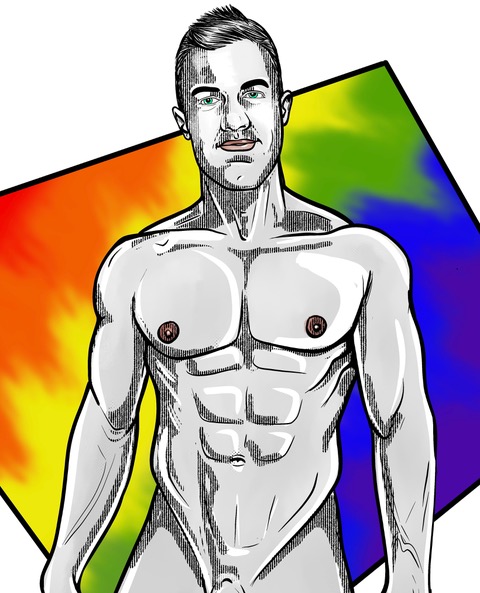
Where would you go on a day trip out of the city?
It’s complicated because there are two opposite directions you can go. You can go north to Costa Brava, or south to Costa Daurada. Costa Brava has mountains, amazing deep water, beaches, small villages—you know, very traditional Catalan villages. On Costa Dorada, the water is a bit shallow, so it’s warmer. You can go to PortAventura World (Av. Pere Molas, Tarragona), which is a water park and amusement park.
Of course, there’s Sitges, which is the number one destination in Spain for bears and gay people from England and Germany. I love Sitges. I go during the summer a lot, and I go during carnival (February 27 to March 5, 2025). It’s a small version of what carnival is in Rio de Janeiro. The whole city stops for carnival.
What’s the one piece of advice would you give a gay visitor to Barcelona?
Just let yourself be surprised. Don’t come with any agenda. It’s always better just to come and discover Barcelona. Try to meet the locals, because it’s always better if you know someone who lives here.
This interview has been edited for length and clarity.

